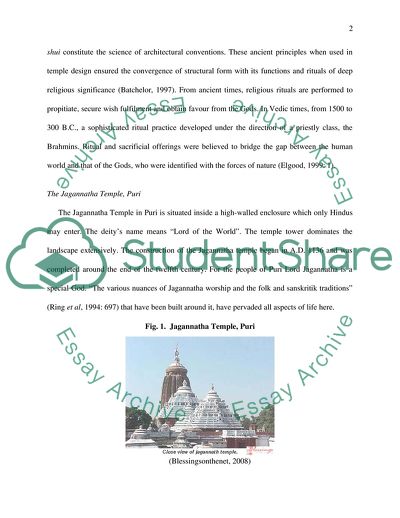Cite this document
(The Jagannatha Temple of Puri in India Coursework, n.d.)
The Jagannatha Temple of Puri in India Coursework. https://studentshare.org/religion-and-theology/1718864-2how-is-the-form-of-either-the-buddhist-stupa-or-the-hindu-temple-related-to-its-ritual-function-discuss-with-reference-to-one-specific-south-asian-example
The Jagannatha Temple of Puri in India Coursework. https://studentshare.org/religion-and-theology/1718864-2how-is-the-form-of-either-the-buddhist-stupa-or-the-hindu-temple-related-to-its-ritual-function-discuss-with-reference-to-one-specific-south-asian-example
(The Jagannatha Temple of Puri in India Coursework)
The Jagannatha Temple of Puri in India Coursework. https://studentshare.org/religion-and-theology/1718864-2how-is-the-form-of-either-the-buddhist-stupa-or-the-hindu-temple-related-to-its-ritual-function-discuss-with-reference-to-one-specific-south-asian-example.
The Jagannatha Temple of Puri in India Coursework. https://studentshare.org/religion-and-theology/1718864-2how-is-the-form-of-either-the-buddhist-stupa-or-the-hindu-temple-related-to-its-ritual-function-discuss-with-reference-to-one-specific-south-asian-example.
“The Jagannatha Temple of Puri in India Coursework”. https://studentshare.org/religion-and-theology/1718864-2how-is-the-form-of-either-the-buddhist-stupa-or-the-hindu-temple-related-to-its-ritual-function-discuss-with-reference-to-one-specific-south-asian-example.


